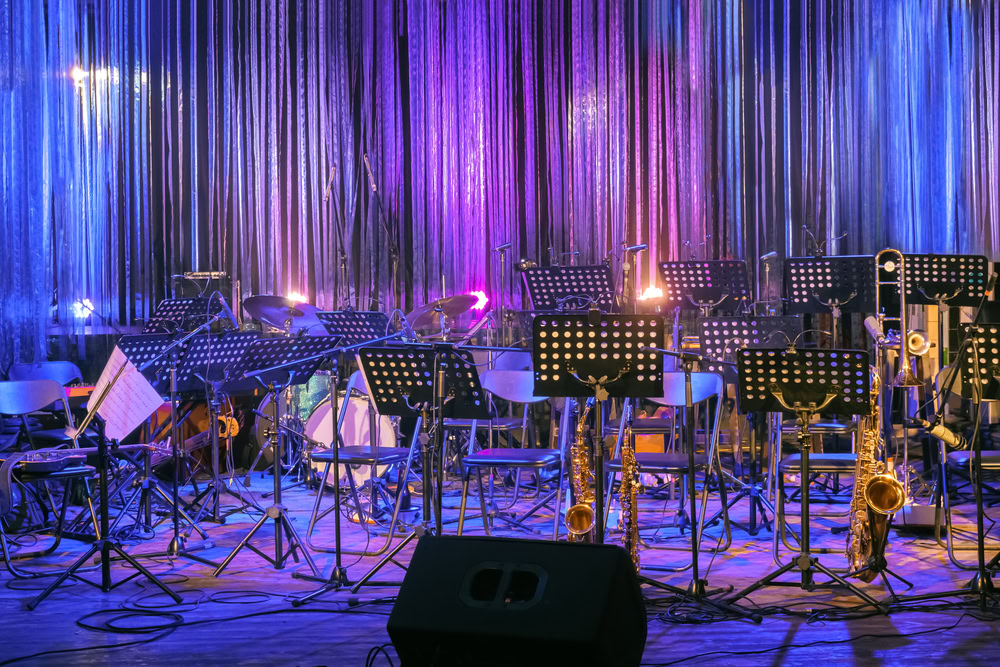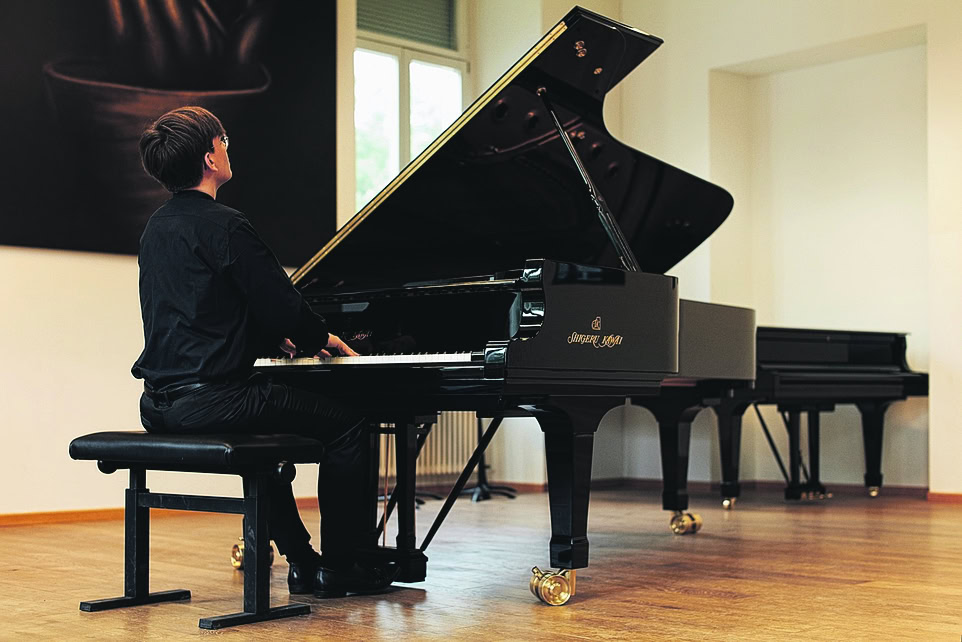When making music becomes torture
"Warning signal pain" was the theme of the 16th SMM symposium on October 27 in Lucerne.

SMM - "No pain, no gain - progress must suffer" was once the motto of music students and professionals. Those days are thankfully over: today, pain is seen more as a warning signal from the body. They are prompts to review rehearsal routines, posture and mental attitudes. "Warning Signal Pain" was the title of the 16th symposium of the Swiss Society for Music Medicine and the Swiss Performers' Foundation in the Marianischer Saal in Lucerne. The event was moderated by SMM President Martina Berchtold-Neumann in her usual style. She also enriched the day with a recreational trance under the motto "Vacation from pain"
Psychiatrist Stefan Büchi, who is Medical Director of the Hohenegg Private Clinic, began the topic by pointing out that the concepts of pain and suffering need to be separated. He emphasized how important it is to find out how sufferers subjectively integrate pain into their lives. Only when the doctor has differentiated access to the subjective experience of pain are healing processes possible. To this end, Büchi and a Swiss-British team have developed a visualization method (Pictorial Representation of Illness and Self Measurement, PRISM). It allows illness, social and family situation as well as the relationship to work to be represented in abstract images. This enables patients and helpers to take a differentiated, shared view of the pain experience as part of the healing process.
Sports physician and orthopaedist Katja Regenspurger, who works in Halle (Saale), pointed out, among other things, that around half of all musicians struggle with musculoskeletal complaints. They are noticeably often caused by instruments with an asymmetrical playing style, especially flutes, violins and violas, but the piano also provokes above-average overuse. The so-called isometric static work, i.e. remaining in certain postures, and the repetitive strain on small muscle groups typical of musicians have an influence here.
Widespread back pain is usually the result of a lack of balance and stabilization in the deep back muscles. According to Regenspurger, pain can be avoided with conscious exercise practice. This includes taking sensible breaks, warming up and relieving the musculoskeletal system through mental practice. Under no circumstances should you practice into the pain or suddenly increase your playing load.
Horst Hildebrandt, Oliver Margulies and Marta Nemcova from the Zurich University of the Arts (ZHdK) and Urs Schlumpf from the Lucerne Cantonal Hospital reported on the practice of musician consultations. It became clear that pain problems, like many other health problems in music practice today, are approached on a highly individual basis. As the example of a pianist with an unfavorable hand posture showed, the corresponding analyses of complaints are complex and require a high degree of special instrumental and physiological expertise. Today, this is a matter of course in Swiss musician consultations.
Neurophysiologist Robert Schleip from Ulm, in turn, was connected to the Lucerne audience via modern video live streaming. He presented the latest developments in fascia research. Their importance for pain problems is being increasingly recognized. Fascia - connective tissue that is closely linked to the autonomic nervous system - has many more movement sensors and pain receptors than can be found in muscles and joints and therefore contributes significantly to pain problems.








